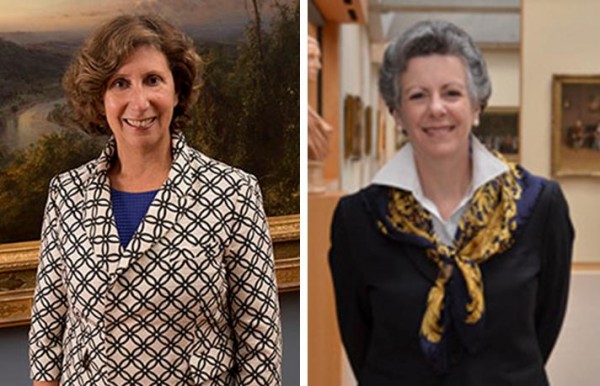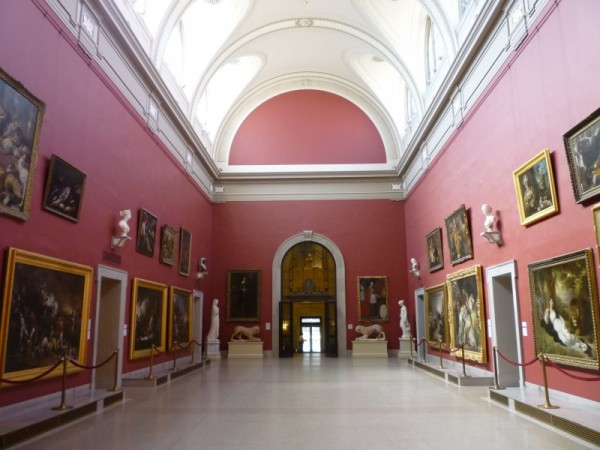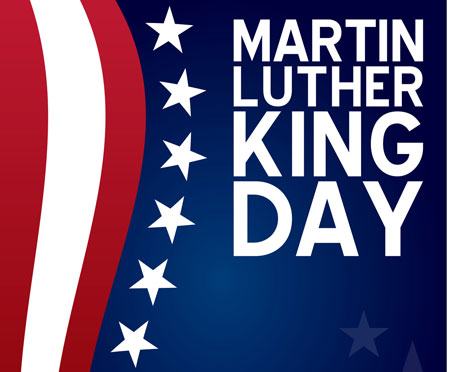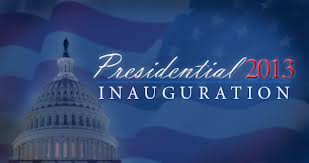Women Aren’t Leading Nation's Top Art Museums; Connecticut Fares Better
/
When the Wadsworth Atheneum, America’s oldest public art museum, hired Susan Lubowsky Talbott as Executive Director in 2008, she was described by the museum’s board chair as “the absolute best person on the face of this planet to lead the way.”
Talbott, who will be marking six years at the helm of the state’s leading art museum, came to the state after three years as the director of Smithsonian Arts at the Smithsonian Institution in Washington. Previously, she was director and C.E.O. of the Des Moines Art Center from 1998 to 2005, where she formed partnerships with more than 100 community organizations and is credited with doubling museum attendance during her first two years.
Having a woman at the helm of a leading art museum is more the exception than the rule, according to a report by the Association of Art Museums Directors, a professional organization, The New York Times reported recently. The organization indicated that women run jut a quarter of the biggest art museums in the United States and Canada, and earn a third less than their male counterparts.
The report also noted that “strides ma de by women at small and midsize museums” (often university or contemporary art institutions) where women hold nearly half of the directorships and earn on a par with men. Just five of the 33 most prominent art museums are led by women.
de by women at small and midsize museums” (often university or contemporary art institutions) where women hold nearly half of the directorships and earn on a par with men. Just five of the 33 most prominent art museums are led by women.
Amy Meyers is Director of the Yale Center for British Art. The Yale Center for British Art is a public art museum and research institute for the study of British art and culture. Presented to Yale University by Paul Mellon (Yale College, Class of 1929), the Center houses the largest collection of British art outside the United Kingdom. Meyers has served since 2002. A Yale alumna (she earned a Ph.D. in American studies in 1985), Meyers was previously curator of American art at the Henry E. Huntington Library, Art Collections and Botanical Gardens in San Marino, California.
As director of the Yale Center for British Art, Meyers has worked to strengthen the museum's role as a leading research and educational institute in the history of arts, while continuing its active exhibitions program. She has reached out to students, faculty and scholars to involve them in the life of the center and created a Preservation Committee to oversee conservation of the current museum site.
As for the other leading museums in the state, it’s reigning men.
The New Britain Museum of American Art, founded in 1903, was the first institution in this country devoted to collecting and exhibiting American art. The Museum’s collection comprises more than five thousand works and is constantly expanding in an effort to reflect our ever-evolving culture. Leading the effort is director is Douglas Hyland. Hyland arrived in 1999 from the San Antonio Museum, where he was director. In a 2009 article, Connecticut magazine reported that “in the 10 years since his arrival, Hyland has doubled its collection to 10,000 objects. He has also doubled its full-time staff, from 12 to 24, doubled the number of docents, to 100, and more than doubled museum membership, from 1,200 to 3,500.”
The director of the Florence Griswold Museum in Old Lyme, the home of American Impressionism, is Jeff Anderson. Peter C. Sutton is Executive Director and Chief Executive Officer of the Bruce Museum in Greenwich. Bruce Museum offers a changing array of exhibitions and educational programs that promote the understanding and appreciation of art and science. The Lyman Allyn Art Museum in New London interim Director is James Eckerle. LAAM is the only museum in Southeastern Connecticut to offer a comprehensive collection of European art as well as American fine and decorative art: the permanent collection is comprised of over 10,000 objects.
Although not an art museum, prominent in Connecticut’s museum roster is the Mark Twain House & Museum, where Cindy Lovell, not yet a year into her position as Executive Director, has been characterized by a focus on Twain and education in her career. After working for years as a university professor, she became director of the Mark Twain Boyhood Home in Hannibal, Mo. Her next stop was Hartford.
The Times reported that women leading art museum with budgets of over $20 million across the country are Kimerly Rorschach, who was hired in 2012 to lead the Seattle Art Museum, Janet Carding at the Royal Ontario Museum, Karol Wight at the Corning Museum of Glass, Nathalie Bondil at the Montreal Museum of Fine Arts and Kaywin Feldman at the Minneapolis Institute of Arts.
Photos: Susan Lubowsky Talbott (left) and Amy Meyers; Wadsworth Atheneum.





 d Michael Costelli, General Manager for the Connecticut Convention Center. “The program will utilize much of the meeting and exhibit space at the Center and we are confident attendees will appreciate the countless cultural attractions located right here in Hartford.”
d Michael Costelli, General Manager for the Connecticut Convention Center. “The program will utilize much of the meeting and exhibit space at the Center and we are confident attendees will appreciate the countless cultural attractions located right here in Hartford.” resident Barack Obama from Washington, DC. They listened as he declared that “preserving our individual freedoms ultimately requires collective action,” having reaffirmed his oath of office with two Bibles – one previously used by Lincoln, the other by Rev. Dr. Martin Luther King, Jr.
resident Barack Obama from Washington, DC. They listened as he declared that “preserving our individual freedoms ultimately requires collective action,” having reaffirmed his oath of office with two Bibles – one previously used by Lincoln, the other by Rev. Dr. Martin Luther King, Jr.
 ponsible for reviewing more than 100 entries.
ponsible for reviewing more than 100 entries.



























